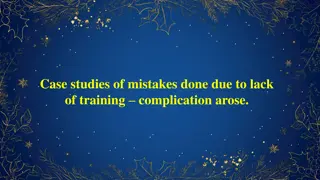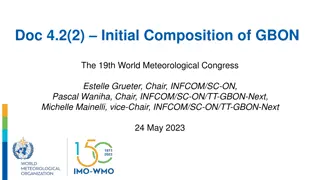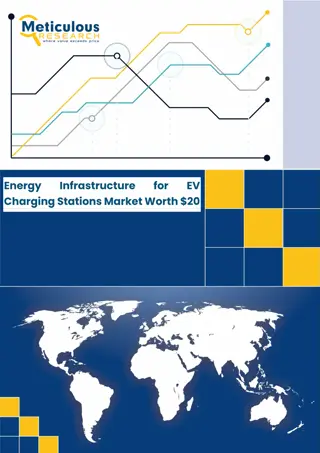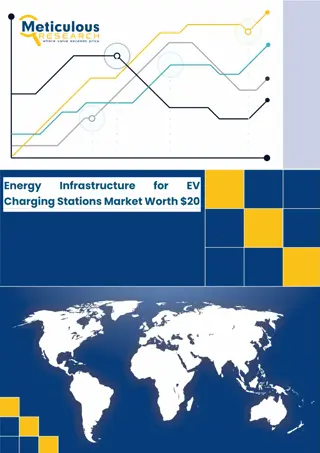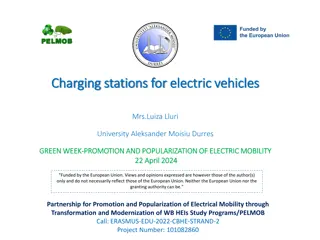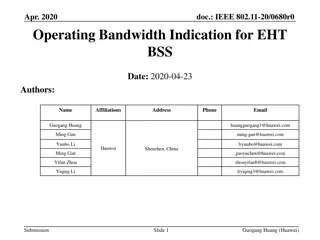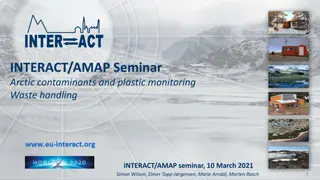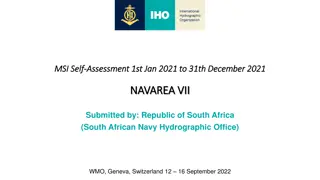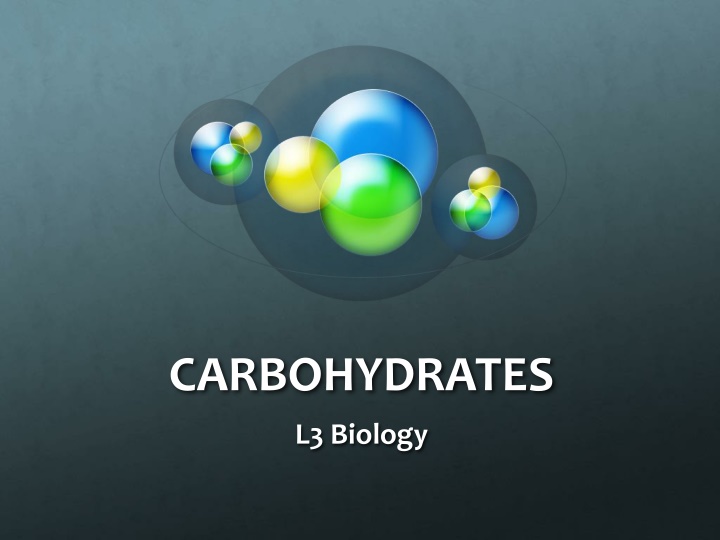
Exploring Carbohydrates in Biology: Facts, Structures, and Functions
Dive into the world of carbohydrates with this informative content covering the basics such as examples, composition, and different types of sugars. Discover how molecules like glucose and fructose have unique properties despite sharing the same formula. Explore the role of carbohydrates in popular drinks like Gatorade and Powerade, and learn about complex carbohydrates and their multiple units in this engaging biology lesson.
Download Presentation

Please find below an Image/Link to download the presentation.
The content on the website is provided AS IS for your information and personal use only. It may not be sold, licensed, or shared on other websites without obtaining consent from the author. If you encounter any issues during the download, it is possible that the publisher has removed the file from their server.
You are allowed to download the files provided on this website for personal or commercial use, subject to the condition that they are used lawfully. All files are the property of their respective owners.
The content on the website is provided AS IS for your information and personal use only. It may not be sold, licensed, or shared on other websites without obtaining consent from the author.
E N D
Presentation Transcript
CARBOHYDRATES L3 Biology
Carbs some facts Examples Sugars, starch, cellulose, glycogen, chitin Composition Carbohydrates C H20 1 : 2 : 1 Carbon, Hydrogen and Oxygen in a 1:2:1 ratio
Carb? C6H12O6 Galactose
STATION 1: The Floating Can Mountain Dew contains 46 grams of carbohydrate (sugar). > DENSE THAN H20! -SINKS- Diet Mountain Dew contains 0 grams of carbohydrate. W/gas = < DENSE THAN H2o! -FLOATS- NYC CAMPAIGN
STATION 2: Same Formula + Different Structure = Different Molecule! Glucose: C6H12O6 Fructose: C6H12O6 Same Molecule? Same Taste? NO! Different Properties!!
Carbs Simple Sugars C6H12O6 Root for carb unit = saccharide Single carb unit = ISOMERS monoSACCHARIDE = monomer Sugars end in -OSE FRUCTOSE GLUCOSE C C C C C C C C C
Carbs Simple Sugars Root for carbs = saccharide Double carb unit = DIsaccharides SUCROSE
Carbs Simple Sugars Root for carbs = saccharide Double carb unit = Disaccharides SUCROSE TABLE SUGAR H2O
STATION 3: Energy Drinks Better for energy? Better for taste? Gatorade = SUCROSE & DEXTROSE(GLUCOSE!) Powerade = FRUCTOSE
STATION 3: Energy Drinks HYDROLYSIS Better for energy? Better for taste? Gatorade = SUCROSE & DEXTROSE(GLUCOSE!) Powerade = FRUCTOSE MUST BE REARRANGED
STATION 3: Energy Drinks Better for energy? Better for taste? Gatorade = SUCROSE & DEXTROSE(GLUCOSE!) Powerade = FRUCTOSE
Carbs Complex Root for carbs = saccharide Multiple carb units = POLYsaccharides Ex/ Starch breads, potatoes, crackers POLYsaccharides = POLYmers Starch Many repeating units of monosacchari des.
STATION 4: Crackers & Candy How did they taste? Candy = Sweet Mono and Disaccharides SIMPLE SUGARS. They taste sweet! Cracker sweetens as enzymes break down Polysaccharides into Simple sugars. REACTION = HYDROLYSIS Cracker = Bread, Starchy Polysaccharides COMPLEX SUGARS Do not taste sweet.
STATION 5: Mushrooms, grassshoppers and lobsters. Carbs they re not just sugar Multiple carb units = POLYsaccharides Chitin found in mushrooms, lobsters and insects! Starch, Cellulose, Glycogen, Chitin
Carbs Complex Root for carbs = saccharide Multiple carb units = POLYsaccharides Cellulose = fiber Not digested Starch, Cellulose, Glycogen, Chitin Glycogen = short term energy storage Starch
STATION 6: Carb Reactions YOUR TURN TO TEACH THE CLASS!
Do Now: 1) Review the Dehydration Synthesis for Carbohydrates sheet. 2) Work w/a partner On scrap paper draw 3 glucose molecules coming together to form a polysaccharide. What reaction takes place? How many water molecules must come out? 3) Add another molecule of glucose to the end of your polysaccharide. What reaction takes place? How many additional water molecules must come out? 4) If 221 glucose molecules came together how many total water molecules would have been removed?
Closing Carbohydrates Fructose = C6H12O6 and glucose = C6H12O6, then what is the chemical formula of sucrose? Do your calculation! C12H22O11


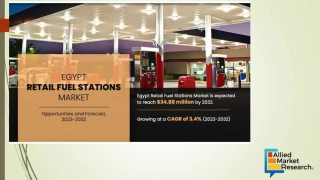
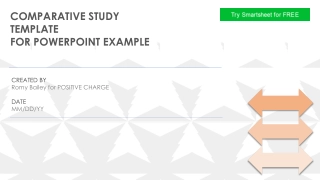
![Read⚡ebook✔[PDF] Linking the Space Shuttle and Space Stations: Early Docking Te](/thumb/21519/read-ebook-pdf-linking-the-space-shuttle-and-space-stations-early-docking-te.jpg)
